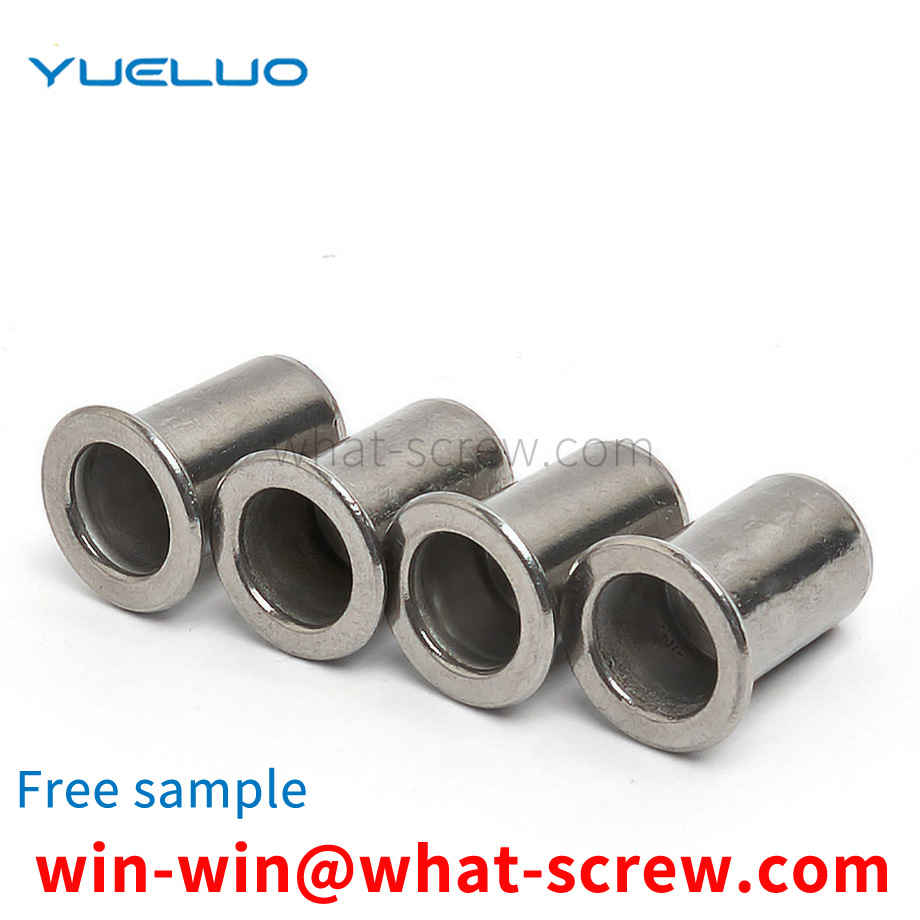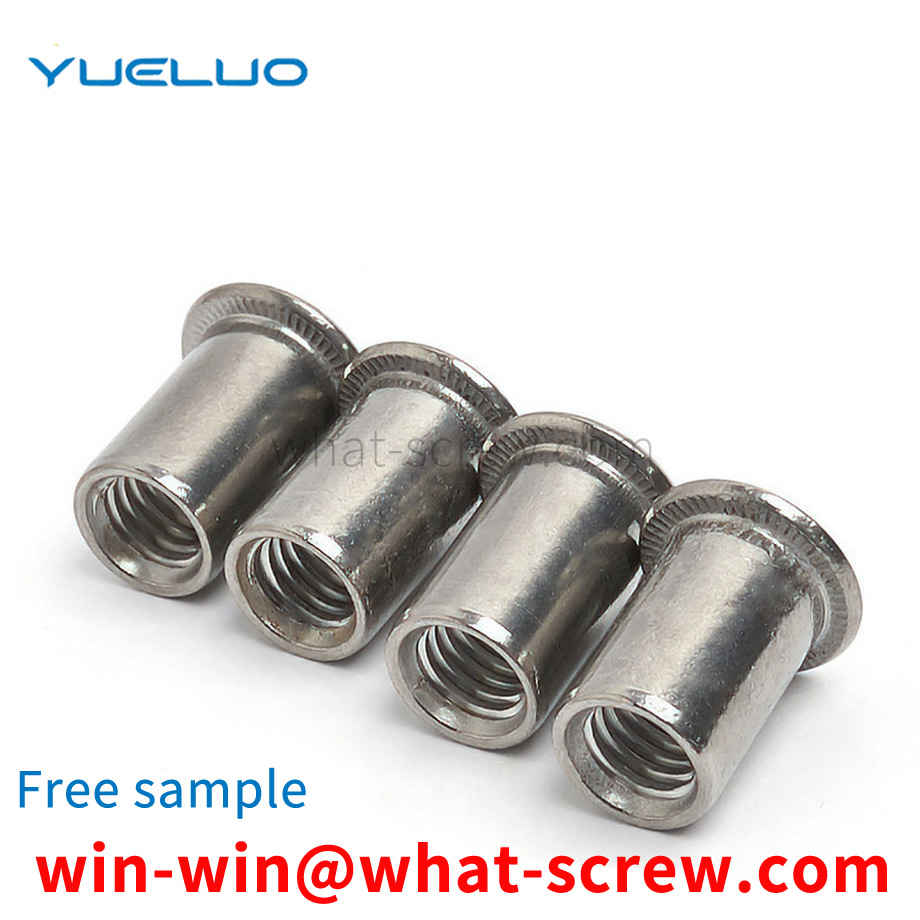Nuts and washers are both small and medium-sized components of the tension reinforcement system, and they are easily lost on the construction site when used separately, which is not conducive to the storage management of turnover materials; 3) During the process of formwork support and removal, they must be installed individually And demolition, thus adding a construction process, affecting the efficiency of construction.
Nut fasteners are used in various industries with connection and fastening requirements, such as vehicles, construction machinery, agricultural machinery, manufacturing machinery, etc. For large construction machinery or construction vehicles, due to the harsh working environment and the action of heavy loads, the nut fasteners on it are subjected to vibration and load impact in all directions, which makes the nut easier to loosen, resulting in tightening. The function of the device is reduced or even failed. cause a great safety hazard.
For hexagonal nuts, the commonly used standards are: GB52, GB6170, GB6172 and DIN934. The main differences between them are: the thickness of GB6170 is thicker than that of GB52, GB6172 and DIN934, commonly known as thick nuts. The other is the difference between the opposite sides, the opposite sides of DIN934, GB6170 and GB6172 in the M8 nut series are 13MM smaller than the opposite side 14MM of GB52, and the opposite sides of M10 nuts, DIN934 and GB52 are 17MM. The opposite side of GB6170 and GB6172 should be 1MM larger, M12 nut, DIN934, GB52's opposite side is 19MM larger than GB6170 and GB6172's opposite side 18MM is 1MM larger. For M14 nuts, the opposite side of DIN934 and GB52 is 22MM, which is 1MM larger than the opposite side of GB6170 and GB6172, which is 21MM. The other is the M22 nut. The opposite side of DIN934 and GB52 is 32MM, which is 2MM smaller than the opposite side of GB6170 and GB6172, which is 34MM. (Besides the thickness of GB6170 and GB6172 are the same, the width of the opposite side is exactly the same) The rest of the specifications can be used in general without considering the thickness.
China is the world's largest producer of carbon steel fasteners such as screws, nuts and bolts, and the EU is a major market for these products. In January 2009, the EU decided to impose anti-dumping duties of 26.5% to 85% on Chinese carbon steel fastener products. On July 31 of the same year, China resorted to the relevant EU legislation and anti-dumping measures to the WTO dispute settlement mechanism. The case became China's first lawsuit against the EU at the WTO. On July 15, 2011, the WTO Appellate Body issued a report and finally ruled that China won the case in the trade dispute with the European Union on fasteners. The head of the Department of Treaty and Law of the Ministry of Commerce of China welcomed the ruling on the 16th, and said that China's victory in the case is of great significance, which will help improve the competitive environment for Chinese companies in the international market including the European Union, and will also strengthen the WTO members' interest in the case. Confidence in WTO rules and the multilateral trading system. This is not only a victory for China's industry, but also a victory for WTO rules, the official said. The WTO Appellate Body found in its ruling report issued on the 15th that Article 9(5) of the EU's Basic Anti-dumping Regulations on individual tax rates violated WTO rules; at the same time, the Appellate Body overturned some of the panel's rulings and supported China's position , ruled that the EU's anti-dumping measures against Chinese screws, nuts, bolts and other carbon steel fasteners also violated WTO rules in terms of domestic industry identification, normal value and fair comparison of export prices. The head of the Treaty and Law Department of the Ministry of Commerce of China said that the EU is one of the WTO members that has initiated the most anti-dumping investigations against Chinese products in the world. unfair treatment. He said that China hopes that the EU will cancel the legislation and discriminatory anti-dumping measures that are inconsistent with WTO rules as soon as possible, treat Chinese export enterprises fairly, and effectively safeguard free trade and fair competition.
The isolating switch in the substation has a large workload for maintenance. The transmission parts such as the isolating switch connecting rod are mostly connected by cylindrical pins. The shaft-pin fit is generally 1mm, which is tight. If the cylindrical pin is disassembled during the maintenance process, it is often due to corrosion and mechanical deformation. It is difficult to proceed smoothly for other reasons, and if the working environment is a small space, it is more difficult to disassemble. In traditional operations, grinding, hard prying, or beating with a hand hammer are often used to disassemble, which will further deform the pins, and when the space is small, it is difficult to use tools such as hand hammers. solve.
We have many years of experience in the production and sales of screws, nuts, flat washers, etc. The main products are: sheet metal riveting parts, carbon steel 8.8 screws, bracket PC board isolation columns, carbon steel connecting nuts and other products, we can provide you with suitable products Your fastener solution.



















 Service Hotline
Service Hotline




